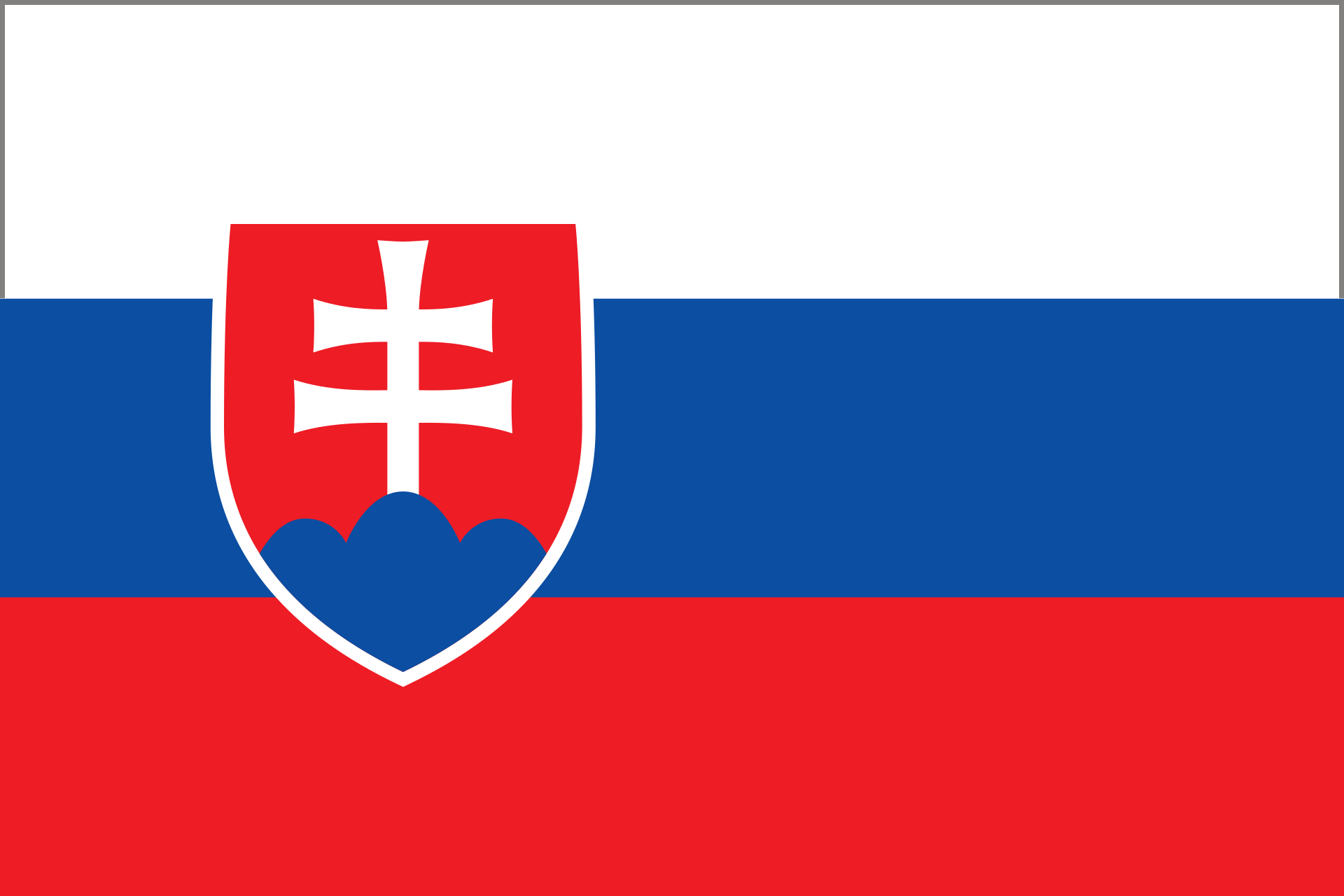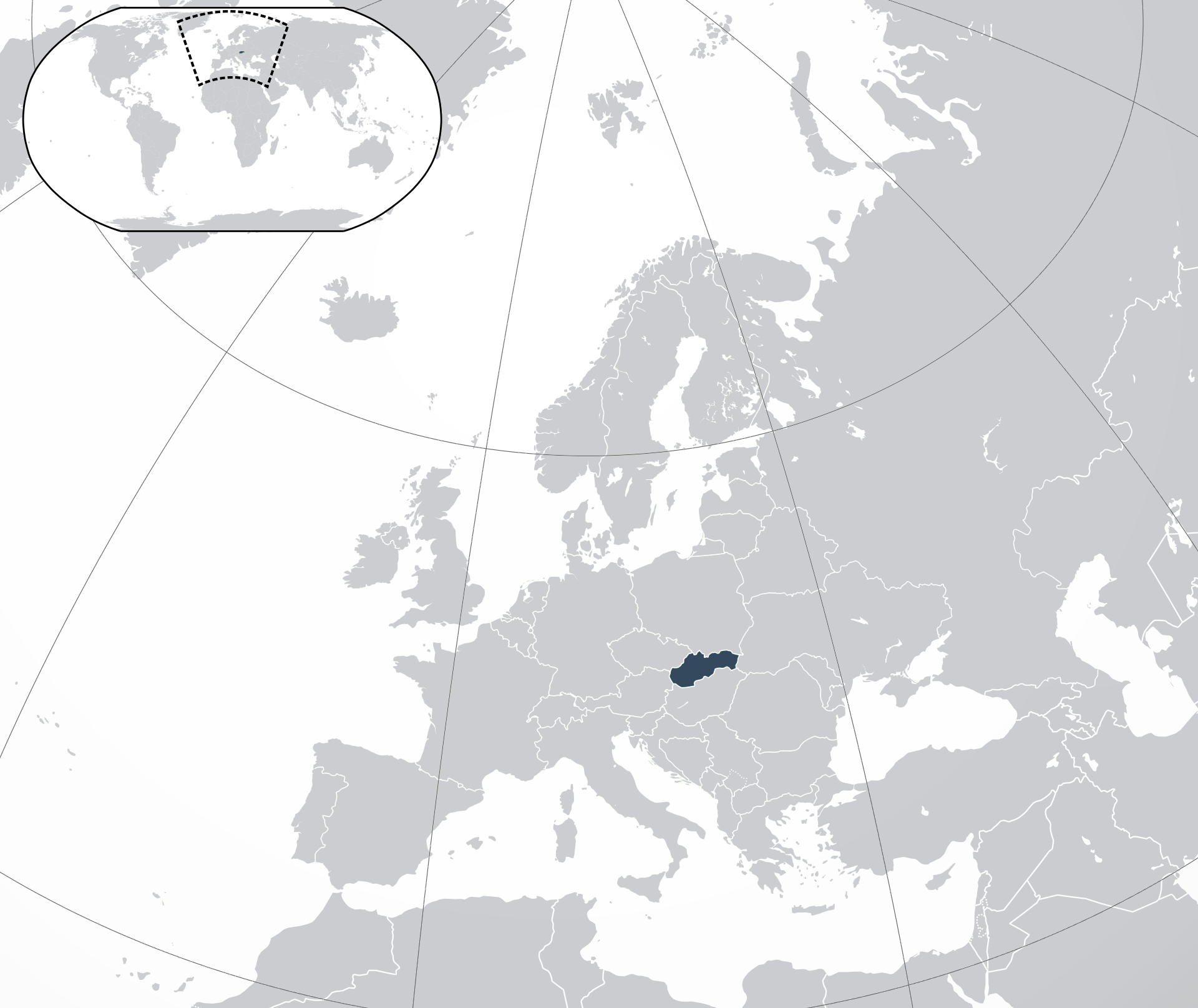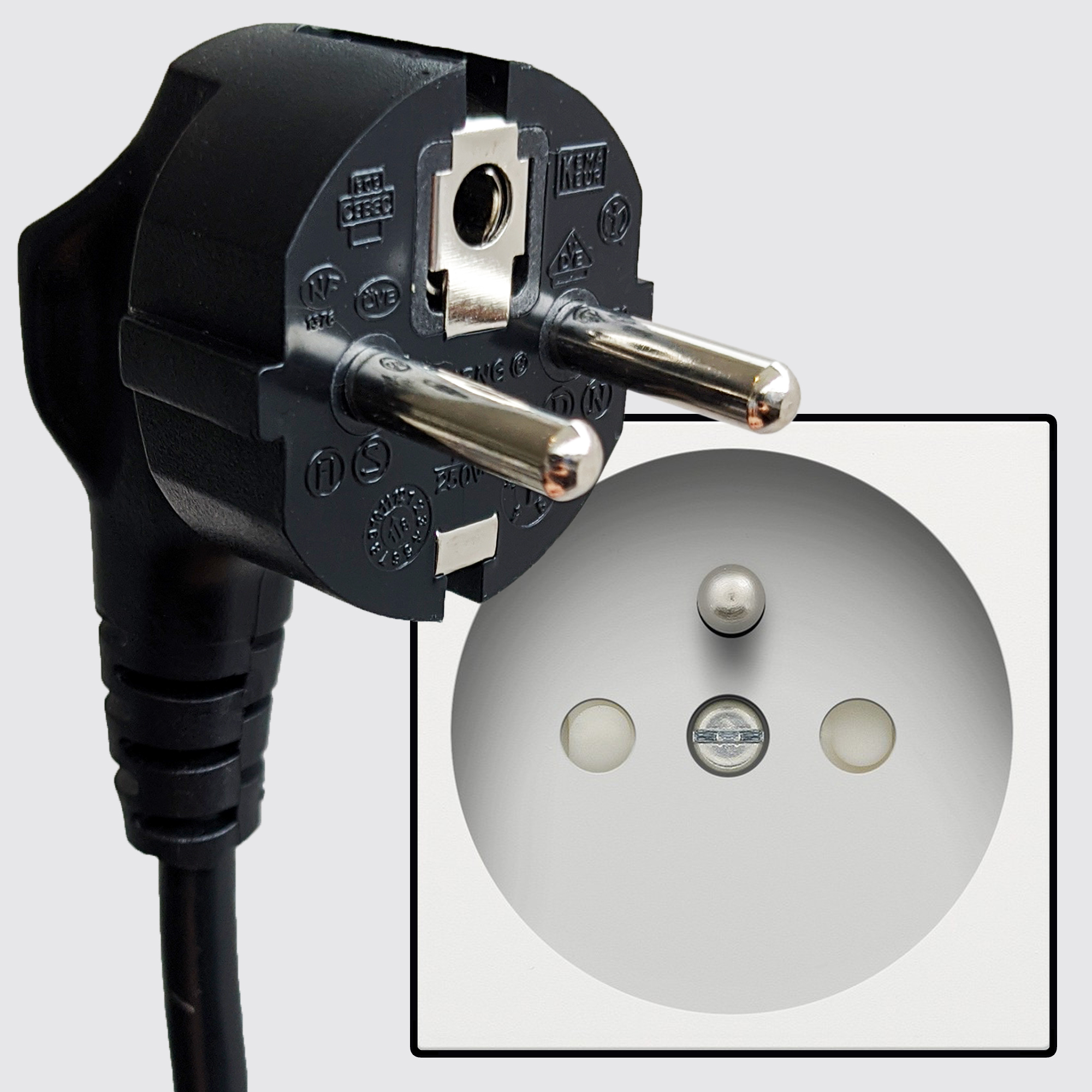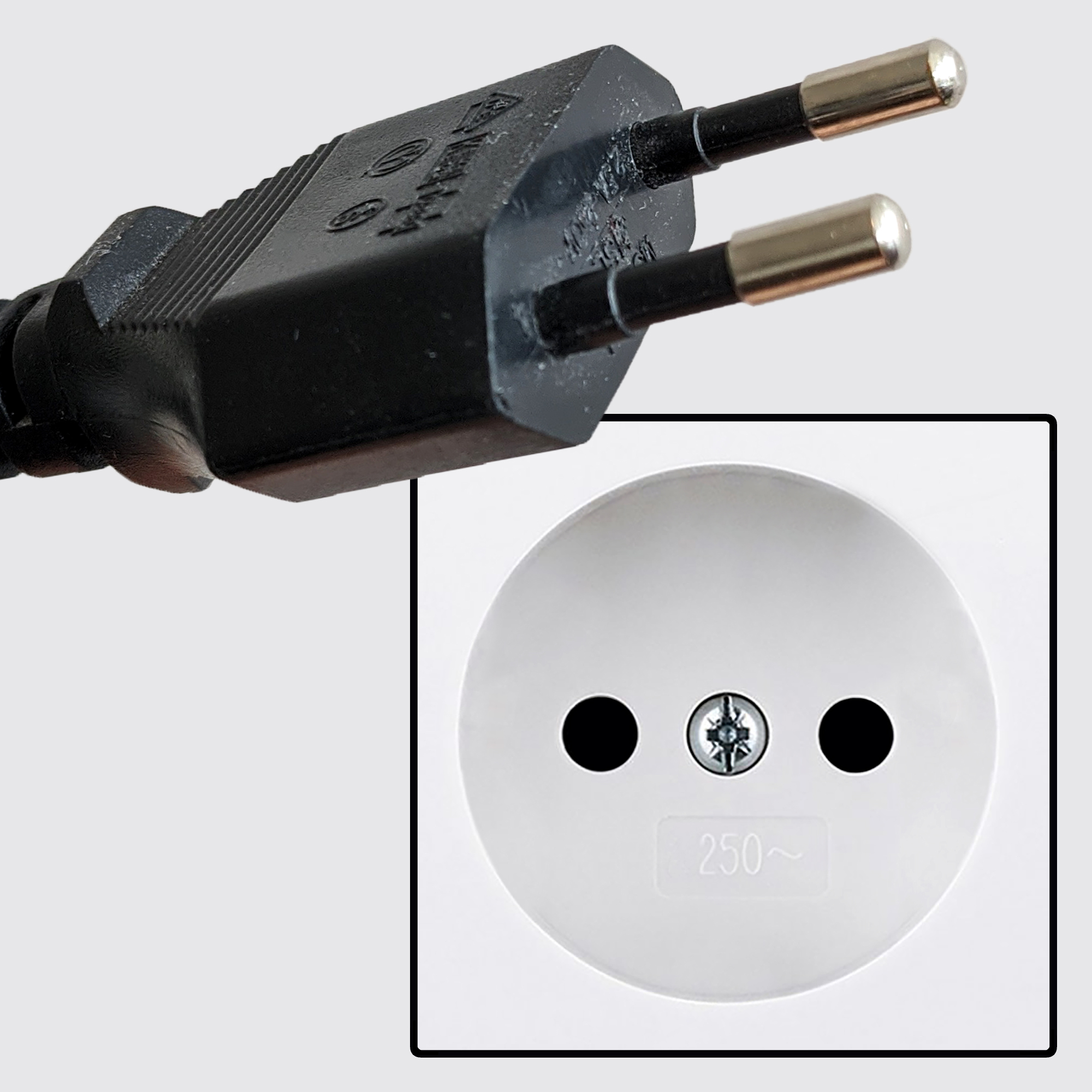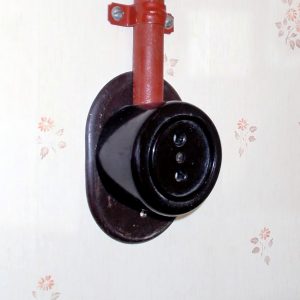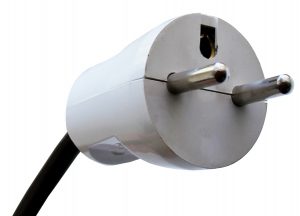What type of plugs and sockets are used in Slovakia?
When you are going on a trip to Slovakia, be sure to pack the appropriate travel plug adapter that fits the local sockets. But what do those electrical outlets look like? In Slovakia, types C and E are the official standards. Unlike almost all other European countries, Slovakia and its neighbouring countries the Czech Republic and Poland have standardized on the French plug and socket system. Fortunately, this does not pose a problem since the French standard is fully compatible with the German type F system, which is used in the rest of Continental Europe.
